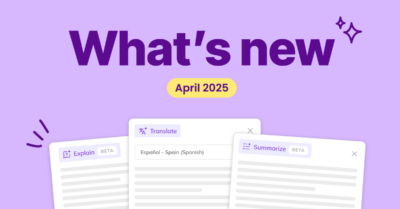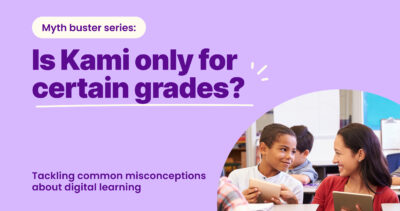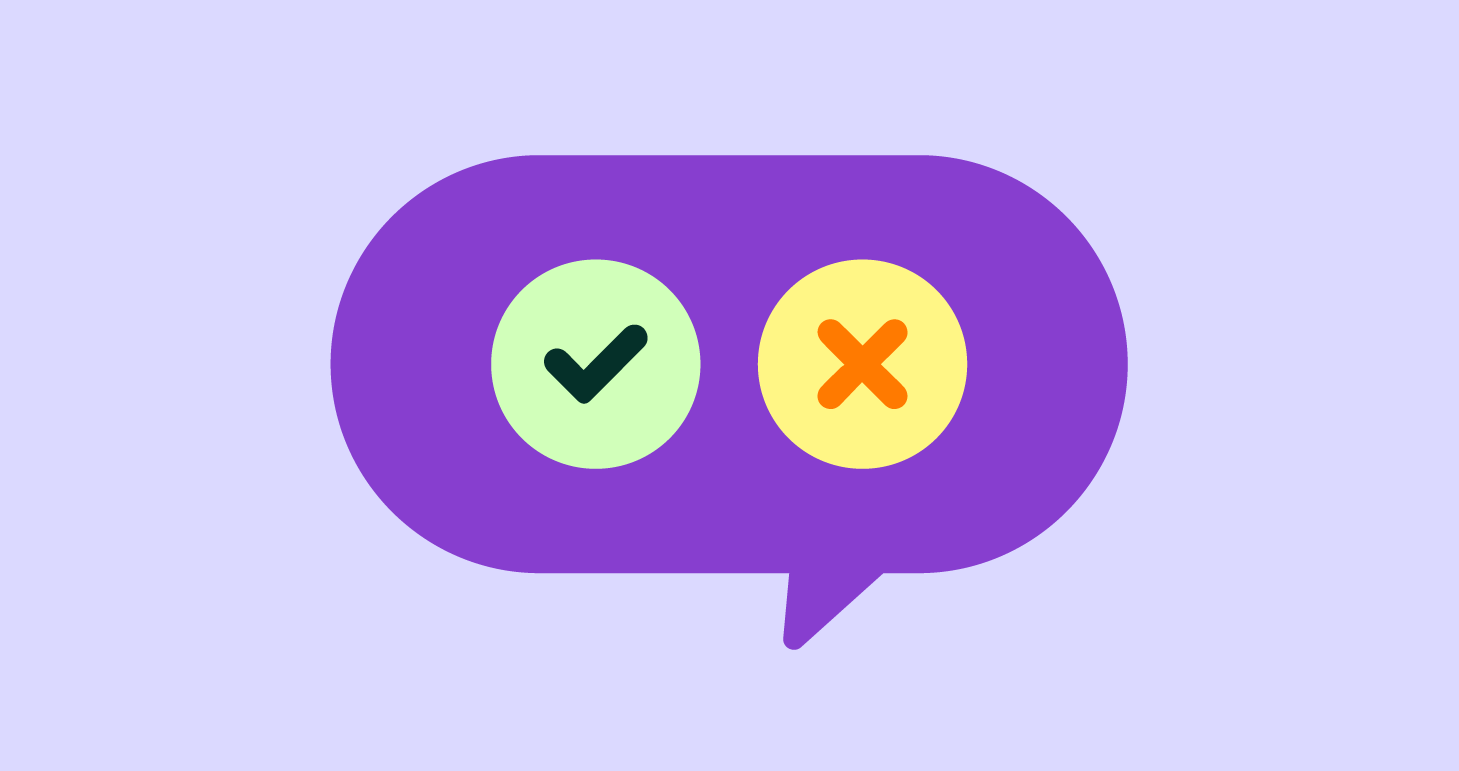Shirin Bradfield
Kindergarten students may be young but, even in the first year of school, it’s still important that they learn to follow some basic rules to help with classroom management and the smooth running of the school day.
One of your lesson plans for early in the school year should be about setting some rules for your class and helping students know how to follow them. Research suggests that classroom rules are more successful if they’re:
- Positive
- Specific
- Collaborative (with the kids themselves!)
- On public display
- Tied to consequences
Some of your class rules may take inspiration from wider school rules. This can be helpful in getting your students ready to follow the rules in 1st and 2nd grade and later in middle school and high school when behavior expectations will be higher.
4 top tips for rules that work
- Keep them simple
For kindergarten students, simple rules are better. It can be a big transition from pre-k or homeschool to formal kindergarten, so make sure your classroom rules don’t overwhelm your students, particularly at the beginning of the school year. Look for things that are similar to preschool classroom rules or rules they’re likely to have at home and might be familiar with. - Keep them sensible
Focus on practical rules that will create a good classroom environment rather than rules just for the sake of it.- Here are some examples of things you might like your students to do:
- Be a good listener
- Follow directions quickly
- Use walking feet
- Use quiet voices
- Use appropriate hand motions to attract attention
- Take turns and let others have a say
- Use kind words
- Respect classroom equipment
- Take part and try your best when doing school activities
- Try and focus your rules on positive behavior and use language that reflects that. For example, say, “Use your walking feet” instead of “No running.”
- For some rules, you may also need to give a little bit more detail. For example, you may need to show your students what a good listener is — someone who stays quiet and pays attention when the teacher or another student is speaking and doesn’t interrupt.
- Here are some examples of things you might like your students to do:
- Get your class involved
As education expert Dr. Kathryn Castle explains: “Children are more likely to understand the value of rules if they are involved in creating them. They’re more likely to follow rules they’ve had a part in creating because they understand their importance. They’re even more likely to remind other children the rules and to help enforce the rules.” Take time during the first day or week of school to discuss with students what they think the rules should be. You’ll find a free printable social contract in the Kami library that makes it easy to do this. - Have visual prompts
Once you’ve decided on your classroom expectations, create a rules poster or print out your social contract and put it up on your classroom bulletin board so everyone can see it. You could also use worksheets to check students’ understanding of the rules which they can then use as a prompt.
How to reward children for following classroom rules
Once you have your rules in place, setting up a reward system can encourage students to stick to them.
The idea of reward systems is highly debated by teachers and parents and there are mixed views on whether they work. If you do decide to use this system, ensure you set it up carefully and take care not to highlight or shame students in a way that impacts them. For example, if you’re keeping behavior charts for any student, consider keeping them private rather than on display in class.
Rewards should be tangible and something that children will enjoy. Examples include student of the week certificates (you’ll find some great award templates in the Kami Library), classroom dollars that students can earn and then redeem for small items, or a lucky dip where chosen students can pick a prize. You may choose to have a range of rewards to acknowledge good behavior immediately and to recognize consistent good behavior.
Rewarding average good behavior over the course of a week or a term (for example, having a certain number of good days or lessons) can acknowledge that every student has off days and help reduce the issue of one bad day ruining behavior that, in general, is acceptable.
Reward individually so that good children don’t feel held back
In your class, you’ll always have a range of students, and some will be better behaved than others. Rewarding individual student behavior ensures that good students are recognized, and those that need help are given the right encouragement.
Reward as a class to help people work together
Alongside individual rewards, you may want to have a class reward that can be earned if students work together to achieve a goal. This could be a class activity or some shared food, or free time at the end of the week.
The emphasis, especially in the first week of school, should be on encouraging good behavior and learning the rules with a bit of lenience. But sometimes, you may need to discourage negative behavior with consequences like time out or missing out on fun activities. Use these consequences carefully and make sure that the student always understands why they are being given the consequence. You could consider using a warning system where students move down toward consequences to give them a chance to improve their behavior first.
Setting up these classroom rules when you first head back to school will get your kindergarten class started in the right way and set you up for a year of great learning.
You may also like

Unlocking understanding: Kami’s latest updates designed for every learner

The state of SPED and ELL technology in 2025

